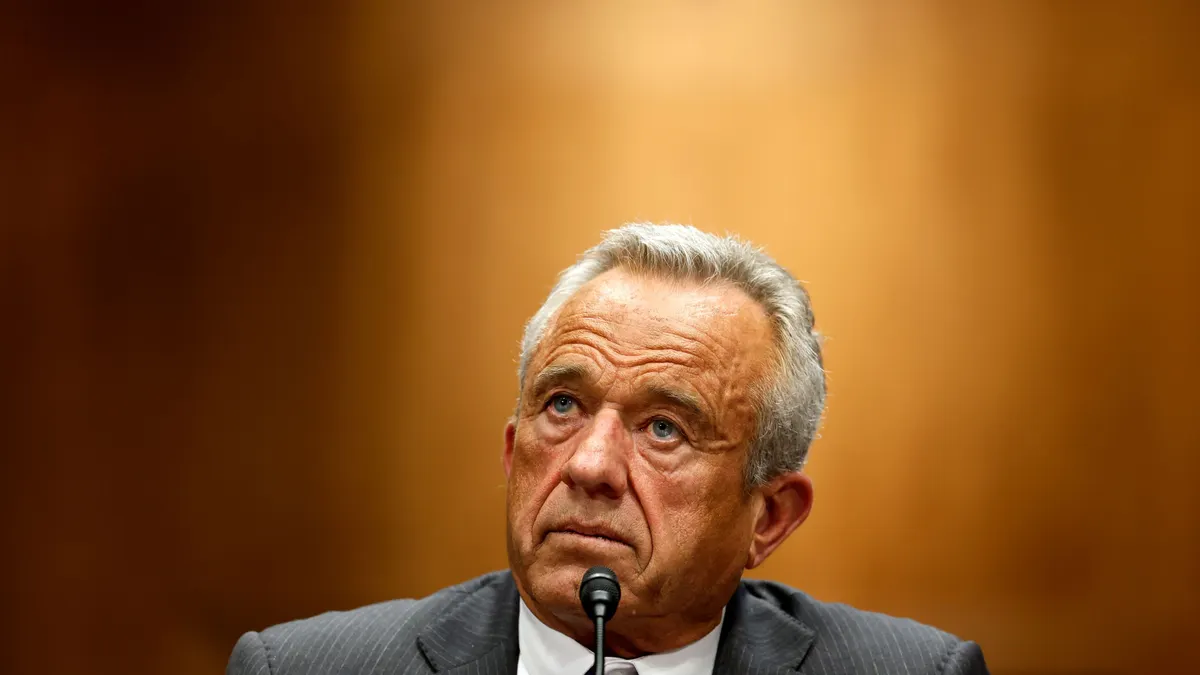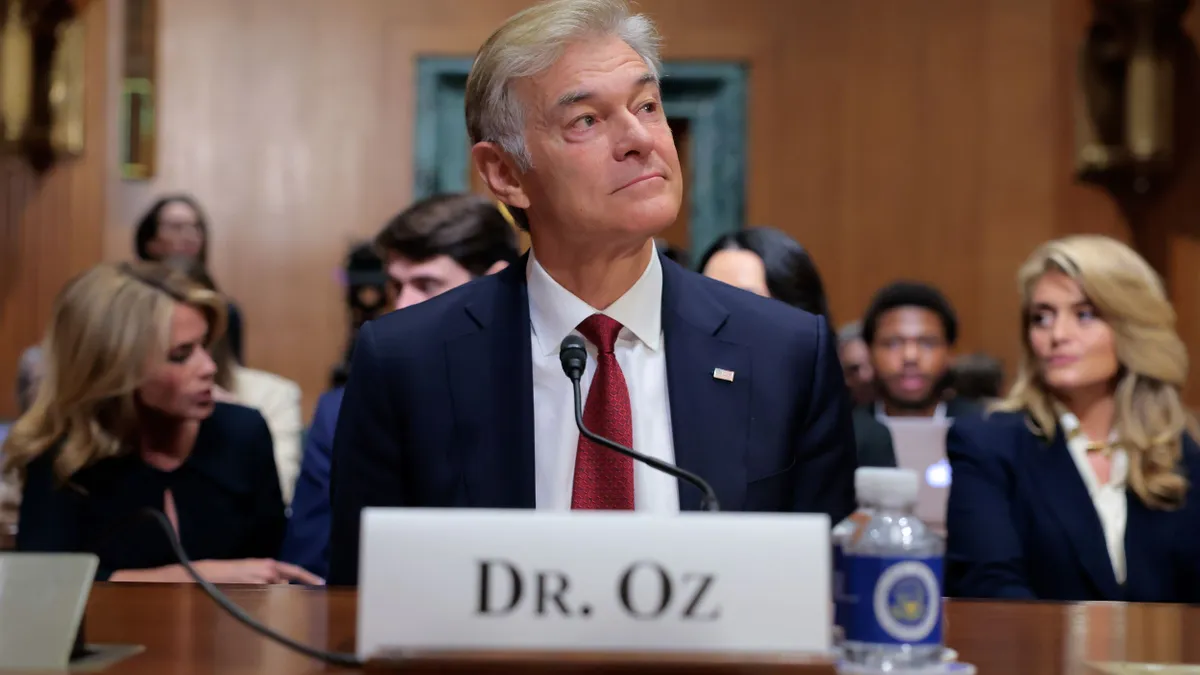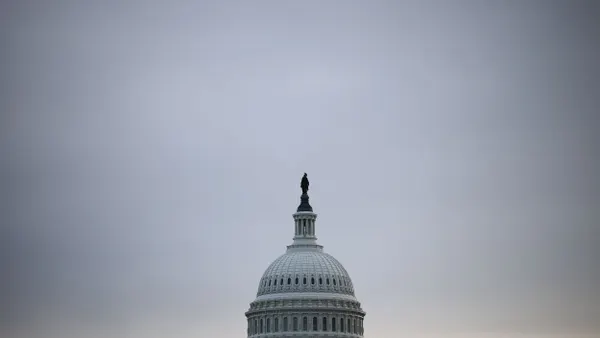Dive Brief:
- States are exploring a variety of mechanisms to rein in Medicaid spending as the federal government is scheduled to reduce aid in 2017, according to a Kaiser Family Foundation report.
- The federal government covered Medicaid expansion costs in 31 states and the District of Columbia from 2014 to 2016, but states will begin paying 5% of those costs next year.
- States are exploring options that include transitions to managed care and expanding the use of home- and community-based settings for patients requiring long-term care.
Dive Insight:
The Affordable Care Act has enabled a record 73 million people to enroll in Medicaid and has helped improve outcomes in previously uninsured populations. However, with the federal government set to reduce contributions next year, more states are engaging in cost control measures.
A majority of states that implemented Medicaid expansion are refining pharmacy programs as one way to control costs. Many are also expected to expand reliance on managed care and to enact delivery system reforms to reduce spending. In 28 of 39 states with managed care organizations (MCO), at least 75% of Medicaid enrollees are covered by an MCO. Delivery system reforms revolving around patient-centered medical homes and accountable care organizations are being planned in 29 states.
In another finding from the report, analysts determined many states are reaching into providers’ purses to help fund Medicaid expansion. All states, except for Alaska, that implemented Medicaid expansion use at least one provider tax to help fund Medicaid. Additionally, whereas providers were more likely to see Medicaid rate increases in 2016, they are more likely to see restrictions in 2017. Some states reported that they plan to use provider taxes or fees to help cover the gap previously covered by federal funding.
If insurance coverage rates and outcomes among previously uninsured patients are used as gauges, Medicaid expansion has been a successful component of the ACA. However, it is now crunch time for states to start thinking about ways to cut costs while maintain quality gains as the federal government reduces contributions to Medicaid expansion.












